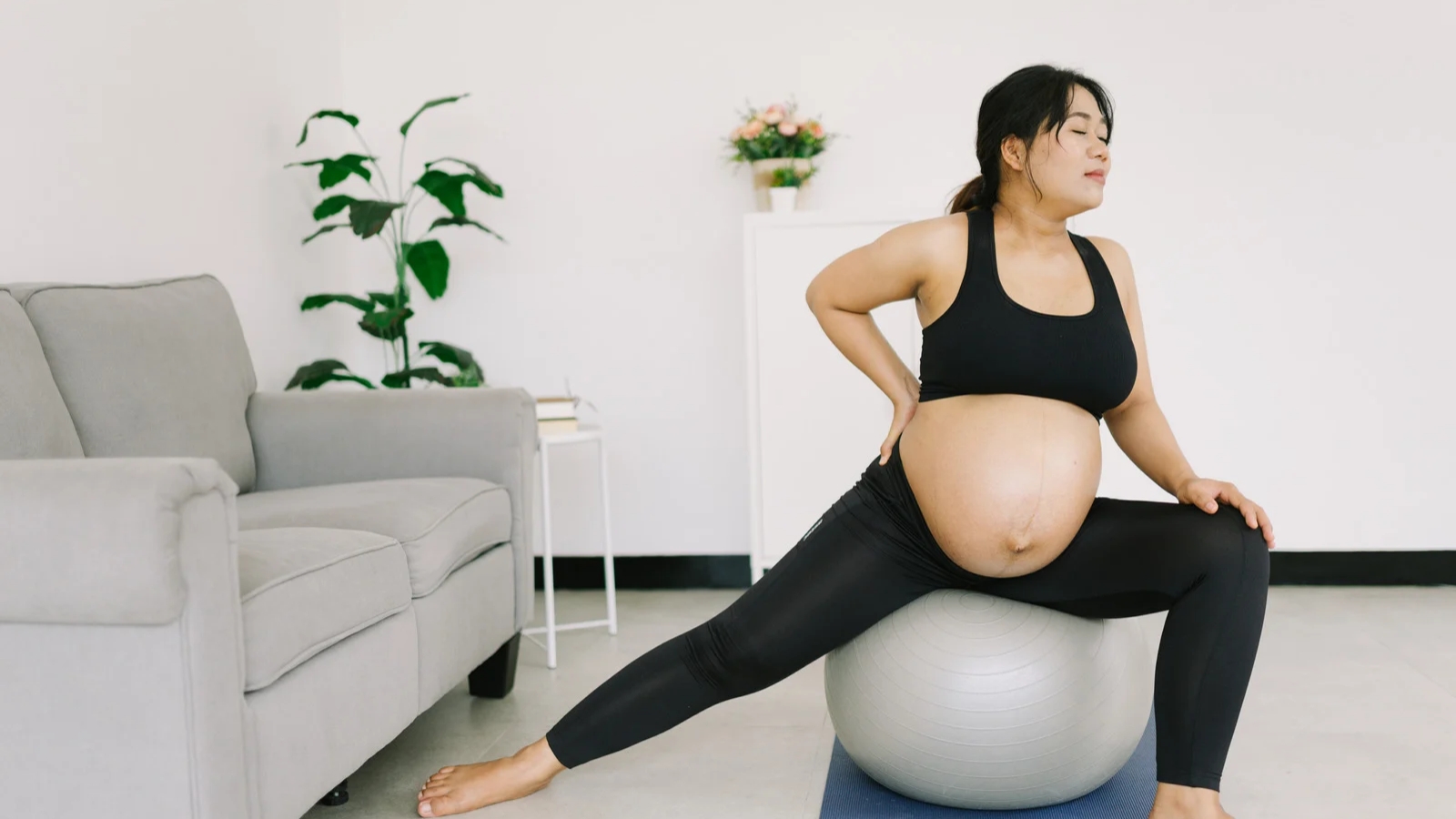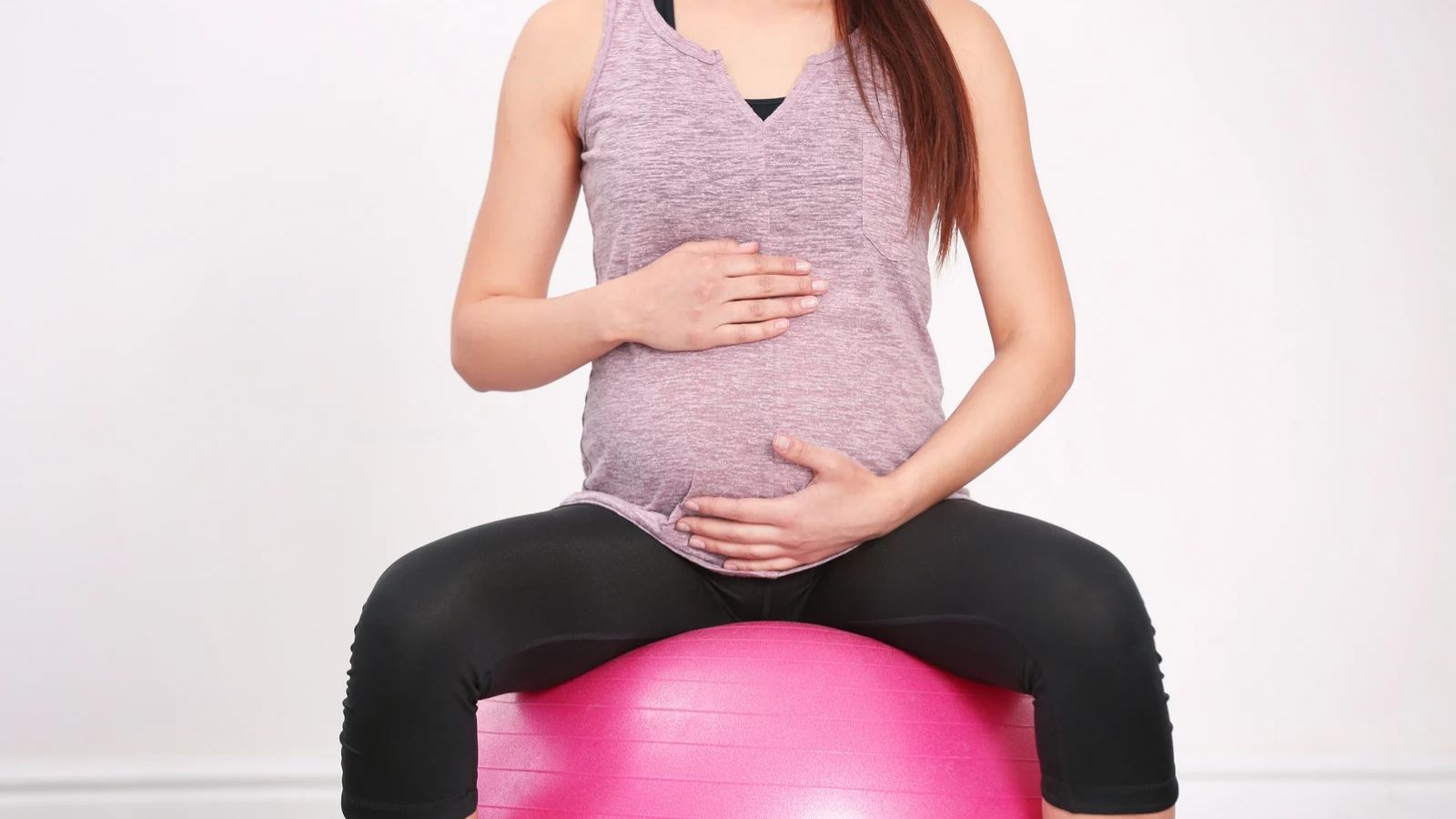Pregnancy-safe workouts help you stay active and support your body as it changes. Exercise during pregnancy can improve circulation, maintain muscle tone, and prepare you for labor. This guide explains safe workout options for each trimester and how to adapt your routine.
You will learn which exercises suit each stage of pregnancy. You will also find simple ways to adjust movements for comfort and safety. These workouts aim to help you maintain energy and reduce discomfort.
First Trimester Workouts
In the first trimester, your body adjusts to hormonal changes and increased blood volume. Fatigue and nausea can affect your energy levels. Aim for low-impact activities that are easy to maintain.
Safe options include:
- Walking at a moderate pace for 20 to 30 minutes
- Low-impact aerobics or dance
- Light strength training with body weight or small dumbbells
- Prenatal yoga for flexibility and balance
Avoid movements that put pressure on your abdomen. Focus on gentle core exercises such as pelvic tilts, modified planks, and bird-dog movements. These help stabilize your spine and support posture.
Gentle Strength Work
Include two to three short strength sessions each week. Use light weights or body weight to work your major muscle groups.
Examples:
- Squats for lower body strength
- Wall push-ups for chest and arms
- Standing rows with resistance bands for upper back support
Core Support
Choose safe core movements that do not strain your midsection.
- Pelvic tilts on hands and knees
- Side-lying leg lifts
- Seated stability ball marches
Keep movements slow and controlled. Focus on steady breathing during each exercise.
Second Trimester Workouts
The second trimester often brings more energy. Your growing belly shifts your center of gravity, so stability becomes essential. Joints may feel looser due to hormonal changes, so avoid high-impact moves.
Safe options include:
- Brisk walking or light hiking
- Swimming or water aerobics for joint relief
- Stationary cycling
- Strength training with resistance bands or light weights
Pelvic Floor Strength
Strengthening your pelvic floor prepares you for delivery and supports bladder control. Aim to practice pelvic floor exercises daily.
Examples:
- Kegel exercises involve contracting and releasing the pelvic muscles
- Short bridge poses
- Side-lying leg lifts
Stability Exercises
Workouts that improve balance help you feel more secure during daily activities.
- Bird-dog on hands and knees
- Modified side planks
- Standing hip abductions with a resistance band
Limit time lying flat on your back. Instead, choose inclined or side-lying positions for comfort and circulation.
Third Trimester Workouts
In the third trimester, your body carries more weight, and your movement may slow. Choose gentle activities that maintain flexibility and comfort.
Safe options include:
- Short walks at a comfortable pace
- Prenatal yoga or gentle stretching
- Swimming for light resistance and relaxation
- Light upper body and back strength training
Hip and Back Comfort
Movements that open the hips and release back tension can help you feel better.
- Squats using a stability ball against the wall
- Cat-cow stretches on hands and knees
- Gentle hip circles while seated on a stability ball
Light Strength Work
Keep your strength sessions short and focused.
- Seated bicep curls with light weights
- Resistance band rows
- Standing overhead presses with light dumbbells
Avoid holding your breath during effort. Use steady breathing to help manage the extra effort of movement.
Whole Body Stretching for All Trimesters
Stretching helps improve circulation and relieve tightness. Keep stretches gentle and avoid forcing your range of motion.
Good stretches include:
- Side stretches while seated or standing
- Chest openers against a wall
- Calf stretches to ease cramping
- Seated hamstring stretches with soft knees
Hold each stretch for 20 to 30 seconds. Breathe deeply and keep your movements relaxed.
Breathing Techniques During Exercise
Breathing well supports your core and helps you stay relaxed. Match your breath to your movements for better control.
Try this method:
- Inhale through your nose while expanding your belly
- Exhale through your mouth while gently engaging your core
Avoid holding your breath during strength exercises. Steady breathing helps you stay comfortable and maintain energy.
Sample Weekly Routine
This example routine combines safe cardio, strength, and flexibility.
- Monday: 20-minute walk and pelvic tilts
- Tuesday: Light strength training for the upper and lower body
- Wednesday: Prenatal yoga session
- Thursday: Brisk walk and bird-dog exercise
- Friday: Light resistance band training
- Saturday: Swimming or stationary cycling
- Sunday: Gentle stretching
Adjust the duration and intensity based on your comfort and energy levels.
Conclusion
Pregnancy-safe workouts support your strength, flexibility, and overall health. By choosing exercises that match your trimester, you can stay active without discomfort. Focus on low-impact cardio, light strength training, stretching, and mindful breathing.
Your body changes through pregnancy, so adapt your movements to stay comfortable. Consistency matters more than intensity. Simple routines can keep you active and prepare you for the physical demands of labor and postpartum recovery.




